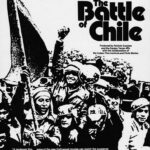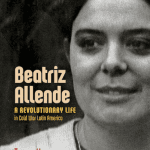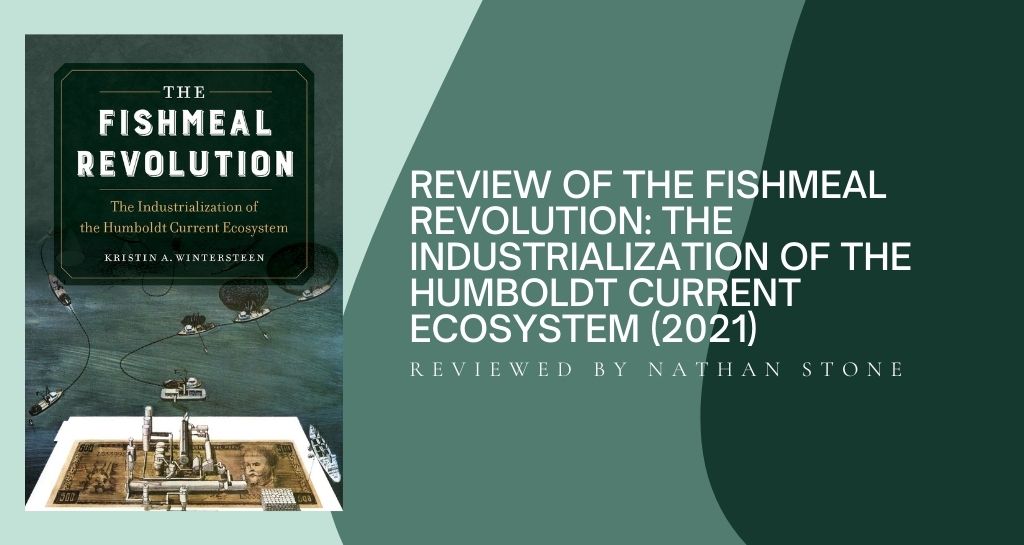
I remember the stink of the fishmeal plants in Iquique. During the austral winter of 1983, the vapors that turned tons of whole anchoveta into high protein fish flour lingered over the beach with the coastal fog until the customary afternoon breeze came and carried it away. Local residents called it “the smell of money.” Domestically produced fish flour had become the primary source for fish food in the new salmon farms that had begun to scar the pristine beauty of the lakes and fiords in the Chilean south. It would also become dog food, and the “high protein cookies” on school lunch menus for the undernourished children that General Pinochet’s second recession in ten years had pushed dangerously down the path of deficiency disease. But the smelly fishmeal extracted from the seemingly infinite Pacific coast of northern Chile had already become a vital element in an increasingly global ecosystem of profit-driven food production. Economists and technocrats called it a “non-traditional export.” Along with the farmed salmon, the fresh fruit out of season and the world’s finest red wines for a little less money, Chilean fishmeal would help reduce the local economy’s absolute dependence on the roller coaster of international copper prices. It would fatten pigs in Germany and chickens in California to satisfy the voracious appetites of a competing species now referred to simply as “the consumer.”
In her recent book, The Fishmeal Revolution, environmental historian Kristin A. Wintersteen follows the scent of the uniquely situated and environmentally sensitive biomass from the unusually cold and nutrient rich Humboldt Current that bathes the western coast of South America. She describes how its extraction on a massive scale came to be framed as a question of national policy, global nutrition and economic development. She sidelines political parties, humanitarian discourses and border disputes in a manner that might seem strange to passionate political historians and meticulous cultural anthropologists. But then, the astute reader begins to understand that this author has framed her research on a much broader and more complex horizon. She moves outside the comfort zone of those more accustomed to viewing the march of time as an alternation between cruel tyrants and noble statesmen, punctuated by world wars, pandemics and technological innovations. The sheer scale of biomass extraction for land-animal consumption constituted nothing less, in her view, than a colonizing expropriation of the world’s oceans. The masters of the land had claimed the vast wealth of the planet’s seas as their own empire. Moreover, like the British in India and the Spanish in Latin America, the colonizers did not understand the complexity of the space they had appropriated. Driven by profits and the pressures of the market, decision-making processes in their quest have rarely guaranteed sustainability. Wherein the abundant ocean life survives at all, that survival is a testament to species’ resilience and the mysteries of the long and unpredictable cycles that Wintersteen’s insightful research has uncovered.
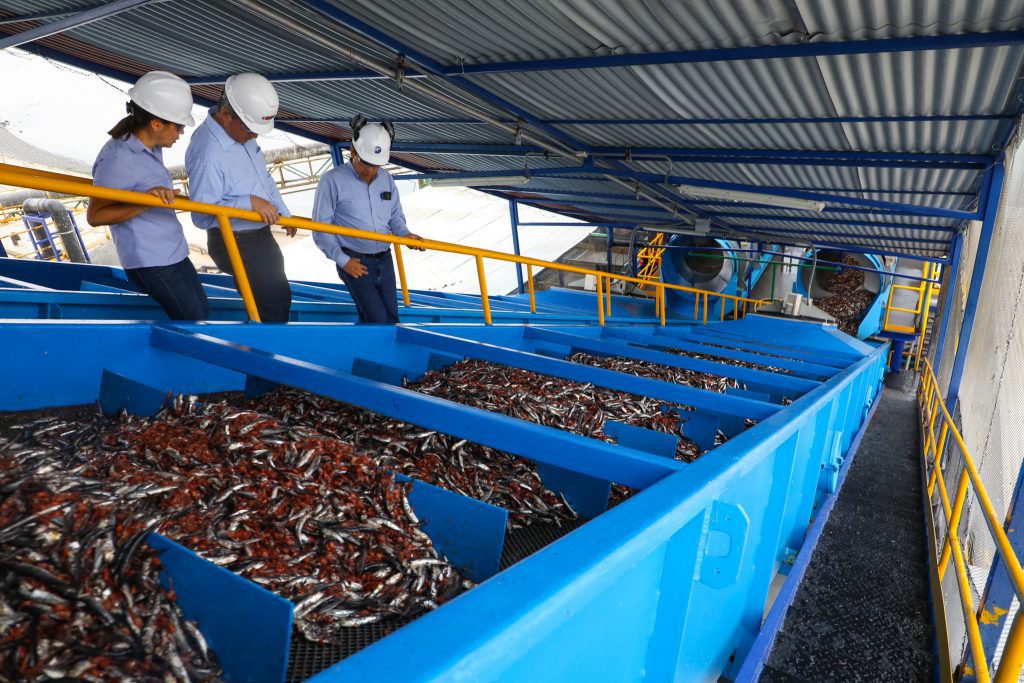
During the late nineteenth and early twentieth centuries, from Norway to California, the ocean’s “trash fish” and offal from canneries had become the raw material for fertilizer and protein supplements in animal feed. As northern hemisphere fishing industries overfished their own waters, their gaze turned south. The magic of an apparently infinite supply of plankton-eating anchoveta off the western coast of Latin America depended on the frigid Humboldt Current that moved northward just off the west coast of the South America. But the abundance of anchoveta, and the prosperity of the complex ecosystem that depended on it, periodically gave way to an unpredictable cycle of warmer currents known as, El Niño. The warm waters upset the life cycle of plankton, displacing the many species that depended on it. Increasingly, those displaced included the colonizing humans.
The author begins her account with what she calls a “deep history” of the Humboldt Current ecosystem. She traces how indigenous communities harvested its riches, how European naturalists like Humboldt and Darwin perceived it, and how it really works based on modern oceanography. The key factors are the upwelling of cold water from the Peru-Chile trench, and the long cycle of temperature shifts. She goes on to explore how nineteenth and early twentieth-century agriculturalists created their own expanding niche in the maritime ecosystem by using fish parts for fertilizer, and by extracting protein from the sea to feed land animals for human consumption. This unrelenting incursion of agricultural demand affected many ocean species, from whales to sardines, but the golden anchoveta of the Pacific coast of Chile and Peru became a special target. It offered a unique volume of biomass that the industry could utilize entirely.
Progress promised a bright future. Through improved technology at processing plants, the coarse fishmeal used for animal feed gave way to a much finer high-protein fish flour suitable even for human consumption. In the 1960s, the precariously built settlement of Chimbote, on the northern coast of Peru, became a boomtown. For a few short years, it was home to the world’s largest single-species fishery. That boom would bust in a spectacular way with the El Niño phenomenon of 1972. After 1980, taking into account the natural cycles of the sea, the Chilean ports of Iquique and Talcahuano began to harvest and process the anchoveta as its northern neighbor had done, while also learning to diversify their catch. When the anchoveta grew scarce, they hauled in huge loads of jack mackerel (in Spanish, jurel) and the plentiful but unpopular hake (in Spanish, merluza) for human consumption.
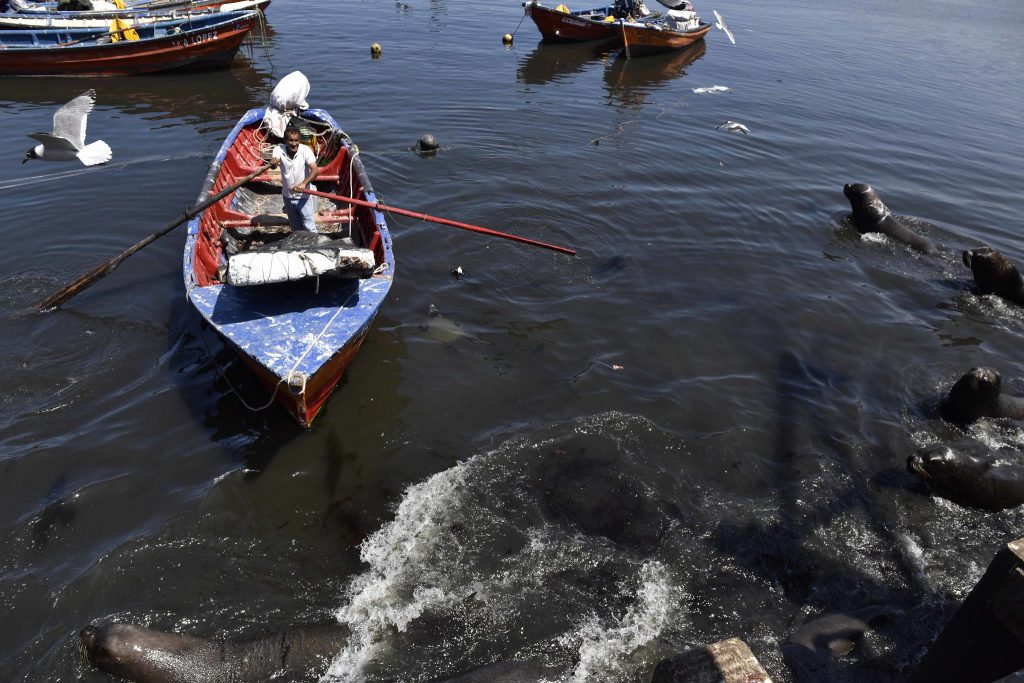
Both Chile and Peru, in consultation with international agencies, eventually imposed regulations to prevent overfishing in order to protect their unique and vital resource. But, as the author observes, legislation proved easier to promulgate than to enforce, especially when the process under regulation occurred offshore, far from prying eyes. Moreover, that natural resource that each nation state claimed as its own was not like a copper mine or a temperate forest. It could, and frequently did, simply swim away. Peruvian authorities could turn a blind eye to enforcing quotas when it seemed the lucrative catch might soon shift into Chilean waters, and vice versa.
In his study, La Frontera: Forests and Ecological Conflict in Chile’s Frontier Territory, (Duke University Press, 2014), historian Thomas Klubock observes how early twentieth century developmentalism treated the temperate forest of the Chilean south as if it were a non-renewable resource. The Chilean nation state had set about “mining the trees”, as it were, and leaving behind a charred wasteland, without regard to social or environmental impact. In Wintersteen’s account, a similar dynamic drove Pacific fisheries to self-destructive excess, with the added complication that the fluid extraterritorial medium of the potentially renewable resource made global management technically complex and politically impossible. Producers assumed that “any fish not extracted from the sea had no value” (115). As the 1972 collapse unfolded in Chimbote, fishermen saw that two thirds of their catch consisted of juveniles, up from one fifth in normal times. And yet, they dutifully ground them all into fish meal, to meet their contracts with foreign hog and poultry farmers.
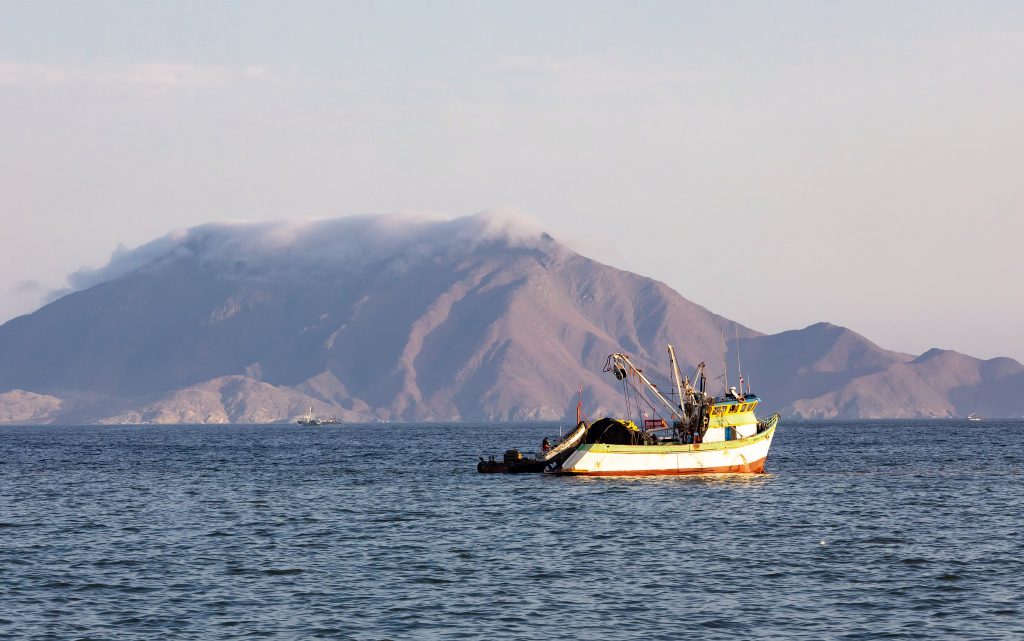
Long-term tendencies in global species competition provide the necessary context for understanding immediate political ends. Joshua Frens-String’s new book,Hungry for Revolution: The Politics of Food and the Making of Modern Chile, (University of California Press, June 2021), explores the leftist Popular Unity government’s attempt to promote hake consumption as a prime source of protein among Chile’s undernourished poor from 1970 to 1973. The project met with only limited success because of unavailable refrigeration infrastructure, but also because people’s dietary habits were deeply rooted in culture, taste and habit. Wintersteen seems to intentionally ignore the local culture and partisan politics of food in order to emphasize how, one way or another, the global industrial ecosystem of food production put undue market pressure on ocean populations, no matter who controlled the reins of government, or what their ideological orientations might have been.
Wintersteen’s work suggests that the doxic presuppositions shared by apparent political rivals can predetermine policy in disastrous ways. In Courage Tastes of Blood, (Durham: Duke University Press, 2005), cultural historian Florencia Mallon argues that the repression typically associated with the Pinochet regime began in the indigenous Mapuche territory a month before the September 1973 coup. Whether directed by socialists or neoliberals, the Chilean state consistently acted as lord and master of Mapuche land. Wintersteen observes a similarly proprietary premise with regard to the ocean and its biomass: regardless of nationalities or political affiliations, the modern state assumed that it could own the seas. Therein lies the rub. The Chilean national anthem triumphantly proclaims, the sea that peacefully washes your long coastline promises you a splendorous future. Or, does it?
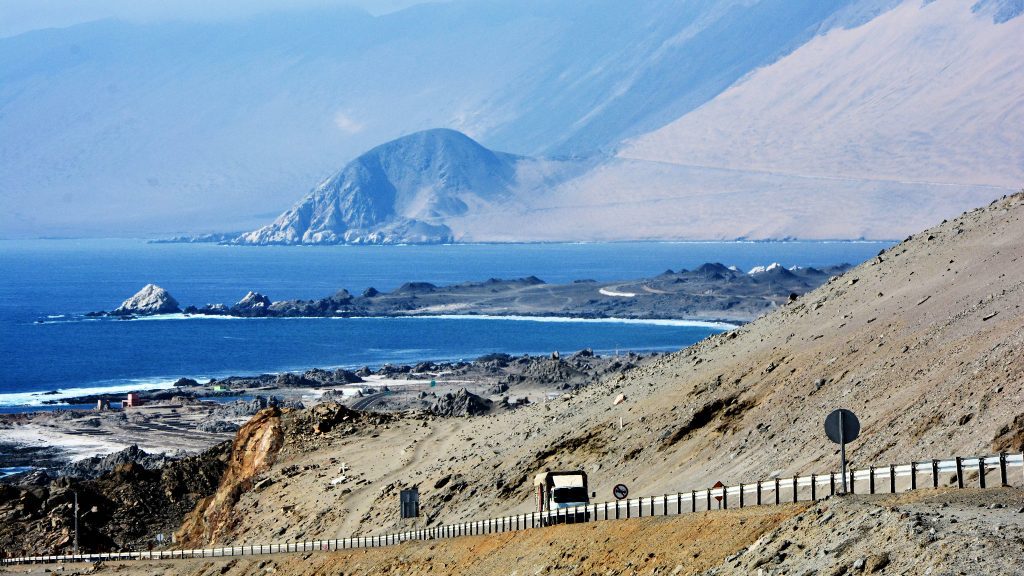
Wintersteen concludes her analysis with the hope that this book will contribute to future policy making “by offering insights into institutional culture, by evaluating conceptual models; and by assessing program and policy outcomes” (112). Spatial and ecological contingencies cannot be ignored, especially as their cycles, aggravated by climate change, threaten collapse. The modern land-bound nation state is badly situated to govern the seas, if, in fact, that is even a valid objective. In Wintersteen’s closing remarks, she suggests that some seed of a more viable frame of mind for engaging the ocean biomass might lurk in yet unexplored “indigenous knowledge” (124); in the wisdom of the not quite conquered ancestors who knew how to treat the forces of nature with respect. She makes no specific proposals for policy change. A new planetary worldview would have to come first.
The cultural manifestations of that ecologically viable frame of mind might prove crucial for future study. While generally attuned to local lore, it seems odd that the author has excluded the association of the El Niño phenomenon with the Christmas season, occurring in early summer in the southern hemisphere. A local carol joyfully proclaims that “the Child has arrived,” but in the ironic style of local fishermen, this “child” brings not salvation, but devastation. And yet, on the other hand, the drought-prone valleys of central and north-central Chile and southern Peru rely on El Niño’s periodically heavy rains to replenish the snow cap on which they depended for irrigation in dry years. A southern myth tells of a fertility goddess, La Pincoya, who appears on the beaches under a full moon in December, to dance facing the land, predicting abundant harvests, or facing the sea, predicting full fishing nets. Coastal communities had learned to expect either one or the other, but never both.
Coastal communities had a word for the fluctuations of fortune, the vaivén, a contraction of the Spanish, va y viene—comings and goings. The term reflects a cultural acceptance of the unpredictable cycles of wind and wave to which humanity, like all other species, had to adapt. Neoliberal capitalism has no place for that kind of thinking. The linear growth charts of capitalized industry, along with the commodification of resources and the state structures created to support them, presupposed an unlimited potential for growth. The Humboldt Current ecosystem has proven that the myth of unlimited growth is radically unsustainable. Future research in this field might include the cultural artifacts that yet preserve the ancient seeds of real sustainability. As any child in Iquique could tell you, what adults called the smell of money was simply the stink of dead fish.
The views and opinions expressed in this article or video are those of the individual author(s) or presenter(s) and do not necessarily reflect the policy or views of the editors at Not Even Past, the UT Department of History, the University of Texas at Austin, or the UT System Board of Regents. Not Even Past is an online public history magazine rather than a peer-reviewed academic journal. While we make efforts to ensure that factual information in articles was obtained from reliable sources, Not Even Past is not responsible for any errors or omissions.
